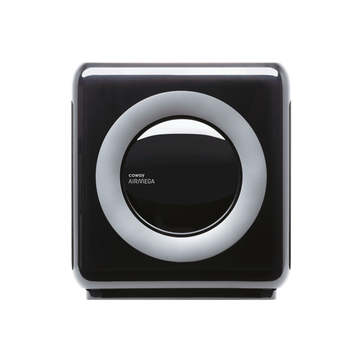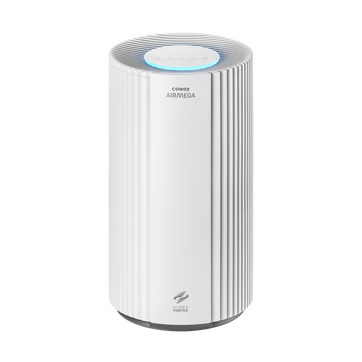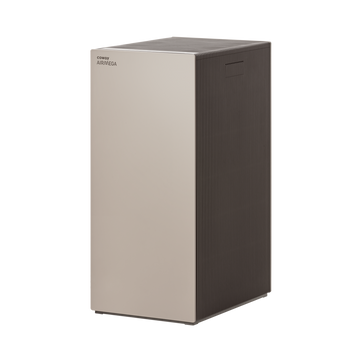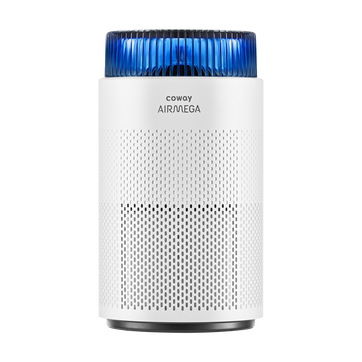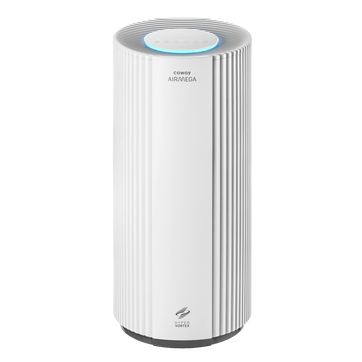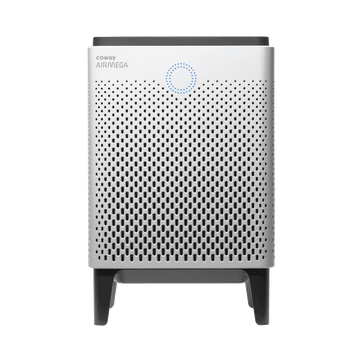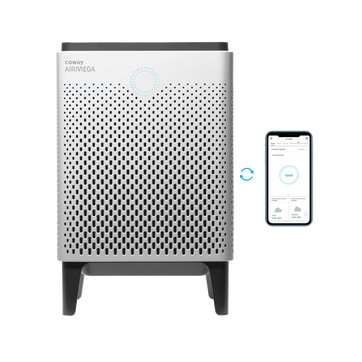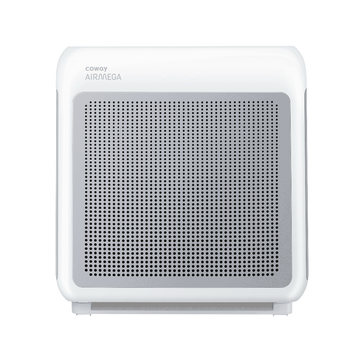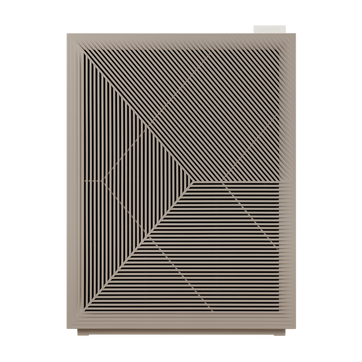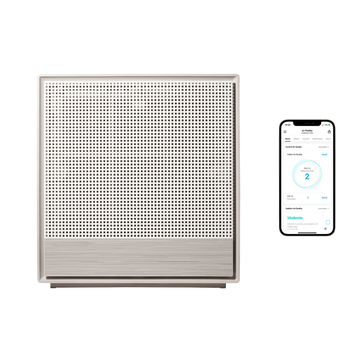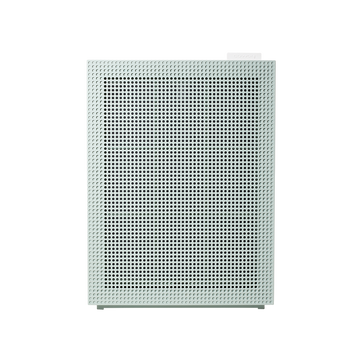
Daylight saving, rodent meteorologists, toilet paper, and other obsolete traditions
We live in a world of nanomedicine, quantum computing and augmented and automated everything. So why do we hold tight to traditions proven to be increasingly archaic? No one knows for sure, but here are a few of our top choices of things that just need to go.
Daylight saving
This annual “tradition” began as a joke concocted by none other than the U.S. Founding Father Benjamin Franklin. While serving as an American delegate in France, Franklin outlined the idea of setting one’s clock ahead or behind depending on the time of year in a satirical essay entitled “An Economical Project.” The argument of the essay was simple, if tongue-in-cheek: natural light is less expensive than artificial light.
The concept was then taken seriously over 100 years later by George Hudson, an entomologist from New Zealand, then first implemented and popularized by the German Empire during World War I.
Today, this jest-gone-awry is practiced by 70 countries worldwide and has been linked to an increase in motor vehicle accidents, sleep impairments, medical problems, criminal activity and other not-funny side effects.
Rodent meteorologists
Can a startled groundhog predict an extended winter? Of course it can’t! But don’t tell that to the millions who await its prediction every February.
While it is true that some animals have been known to understand and predict weather patterns (for example, frogs have been proven to croak louder when bad weather is approaching, and sheep tend to huddle when a storm is brewing), there is no validity in this European folklore or evidence of an animal predicting weather weeks in advance.
And yet, year after year, on the second day of February, the small town of Punxsutawney, Pennsylvania hosts its Groundhog Day Celebration—an event that is covered by every major news organization across the country and has even inspired a beloved motion picture.
Toilet paper
Originally invented for Chinese royalty, toilet paper was first introduced into western culture in the late 19th century as a medical product for people suffering from hemorrhoids—and an alternative to such hemorrhoid-inducing objects such as corn cobs, wood shavings, and rags. Sounds painful? The first splinter-free toilet paper wasn’t invented until the 1930’s.
As manufacturing technology improved, toilet paper became more affordable and ubiquitous—especially in the United States. It has become so ubiquitous, in fact, that the average American uses almost three rolls of toilet paper a week.
Today, most of the world has abandoned these ply-ed squares for more economical, hygienic, eco-friendly, and plumbing-friendly means—typically bidets. These range from free-standing bidets to bidet toilet seats (like the Coway Bidetmega series). Why hasn’t every country? We don’t know. Why haven’t Americans in particular? This article might have an answer.
Throwing change in fountains
You know you’ve done it. You grab a coin out of your wallet, make a wish and toss it into a fountain. And you’re not alone. This tradition draws its origins from European wishing wells (are you noticing a pattern in the source of many of these traditions?). As that tradition has it, a wish would be made, and a coin would be cast into the well with the hope of the coin making it all the way to the bottom—only then would the wish come true by the spirits and gods who lived within.
While this tradition doesn’t harm anyone, it is a waste of money. How much money are we talking? Well, the famous Trevi Fountain in Rome claims to collect 1.7 million dollar’s worth of hopes and dreams every year. In Rome’s case, money is donated to local charities, but not every government is as gracious.
So instead of chucking quarters into a pool, maybe we should all save them instead.
That’s a tradition that’ll never get old.
Disclaimers
1Coway air purifiers have been proven to trap dust, pollen, dander, viruses and bacteria in the air based on KCL (Korea Conformity Laboratories) testing.They have been tested in a 30㎥ size chamber according to the Korea Air Cleaning Association standard (SPS-KACA 002-132:2022 Modified) to measure the 0.01㎛ size of particle removal rate. It was tested on maximum airflow speed in normal room temperature and humidity conditions. The performance may vary in the actual living environment of customers.
→ Tested with Airmega Aim, 50, 100, 150, 160, Tower AP-1216L, Mighty AP-1512HH, MightyS AP-1512HHS, 200M, Icon, IconS, 230, 240, 250, 250 Art, 250S, 300, 300S, 350, 400, 400S, 450, ProX
299.97% of viruses, bacteria, fungi and pollen were verified to be removed from the air for Coway air purifiers which have Green True HEPA™ filter applied based on the Japan Food Research Laboratories(JFRL) testing according to JEM 1467 standard.
→ Tested with Coway Airmega Mighty AP-1512HH, MightyS AP-1512HHS, 250, 250 Art, 250S, 300, 300S, 400, 400S
→ All tested by JFRL and received above result within below time.
4The concentration of ammonia, acetaldehyde and acetic acid were proven to be removed within 30 minutes by FCG Research Institute, Inc. Human Life Science Lab. It is not a demonstration result in the actual use space. Not all odors and gases may be supported. → Tested with Coway Airmega 150, 160, Mighty AP-1512HH, MightyS AP-1512HHS, 400, 400S
5The coverage area of the air purifier is based on an area where the air cleaner can make two air changes per hour (ACPH). An air change per hour translates to how many times an air purifier can clean an area, assuming the height of a ceiling to be 8 ft, in one hour. Therefore ** means two air changes per hour means that the cleaner can clean the area once every 30 minutes and * means air changes per hour means that the air purifier can clean the area once every 60 minutes.
10Terms and conditions apply. Discounts, including promotions, coupons, bundle discount and subscription discount, cannot be stacked on top of other coupons. During promotional periods, discount codes will not be able to be applied to orders. Promo codes may apply to products only—filters, accessories, and new products within 3 months of the release date are not included.
11Based on Coway R&D internal laboratory testing, activated carbon filtration was shown to remove up to 95% of ammonia odors within 40 minutes, and up to 99% of fecal odors within 20 minutes. Actual performance may vary depending on usage conditions.

